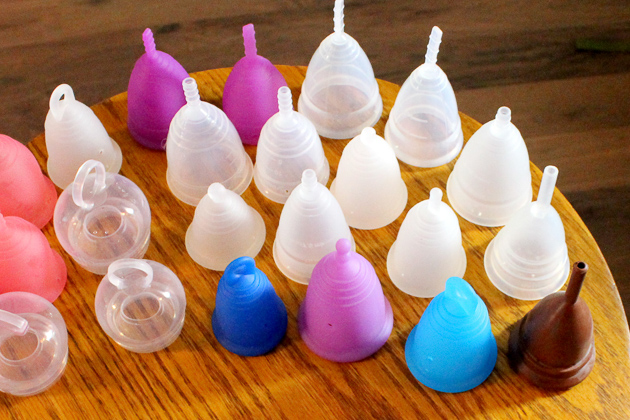
October 9, 2018: This report studies the global market size of Menstrual Cups in key regions like North America, Europe, Asia Pacific, Central & South America and Middle East & Africa, focuses on the consumption of Menstrual Cups in these regions. This research report categorizes the global Menstrual Cups market by players/brands, region, type and application. This report also studies the global market status, competition landscape, market share, growth rate, future trends, market drivers, opportunities and challenges, sales channels, distributors and Porter's Five Forces Analysis.
Menstrual Cups is type of feminine hygiene product which is usually made of medical grade silicone, shaped like a bell and is flexible. It is worn inside the vagina during menstruation to catch menstrual fluid (blood), and can be worn during the day and overnight. Full Menstrual Cups are removed from the vagina, emptied into the toilet or sink, washed and re-inserted (washing hands with soap before doing so is crucial).
Request a Free Sample Copy of Menstrual Cups Market Report @ https://www.radiantinsights.com/research/global-menstrual-cups-market-insights-forecast-to-2025/request-sample
At the end of the monthly period, the cup can be sterilized, usually by boiling in water. Unlike tampons and pads, the cup collects menstrual fluid rather than absorbing it. Manufacturers have different recommendations for when to replace the cups, but in general they can be reused for five years or so. Disposable Menstrual Cups are also available - these work in the same way as a regular Menstrual Cups except they are disposed of after every use or (for some brands) after every cycle. In the last several years, global market of Menstrual Cups developed rapidly, with a revenue average growth rate of 3.2%. In 2017, global revenue of Menstrual Cups is nearly 37.7 M USD; the actual production is about 3250 K Units.
Menstrual Cups is widely sales on Supermarkets, Drugstore, Online Shop. The most proportion of Menstrual Cups is used through Supermarket, and the consumption proportion is about 49% in 2017. North America is the largest supplier of Menstrual Cups, with a production market share 48.7%. The second place is Europe, following North America with the production market share of 45% in 2017. In 2017, the global Menstrual Cups market size was 38 million US$ and is forecast to 48 million US in 2025, growing at a CAGR of 3.0% from 2018. The objectives of this study are to define, segment, and project the size of the Menstrual Cups market based on company, product type, application and key regions.
Download Full Research Report on Menstrual Cups Market @ https://www.radiantinsights.com/research/global-menstrual-cups-market-insights-forecast-to-2025
The various contributors involved in the value chain of Menstrual Cups include manufacturers, suppliers, distributors, intermediaries, and customers.
The key manufacturers in the Menstrual Cups include
• Diva
• Lunette
• The Keeper
• Femmycycle
• Mooncup (UK)
• MeLuna
• Anigan
• Yuuki
• IrisCup
• Soft Cup
• FemmeCup
• SckoonCup
• LadyCup
• MiaLuna
• Monzcare
• LifeCup
Market Size Split by Type
• Silicon
• Natural Gum Rubber (Latex)
• Thermoplastic Elastomer (TPE)
To read more reports of this category, Visit our blog: https://healthandpharamceuticalri.blogspot.com
Market Size Split by Application
• Supermarkets
• Drugstore
• Online Shop
This report includes the estimation of market size for value (million US$) and volume (K Units). Top-down and bottom-up approaches have been used to estimate and validate the market size of Menstrual Cups market, to estimate the size of various other dependent submarkets in the overall market. Key players in the market have been identified through secondary research, and their market shares have been determined through primary and secondary research. All percentage shares, splits, and breakdowns have been determined using secondary sources and verified primary sources.
For the data information by region, company, type and application, 2017 is considered as the base year. Whenever data information was unavailable for the base year, the prior year has been considered.
No comments:
Post a Comment